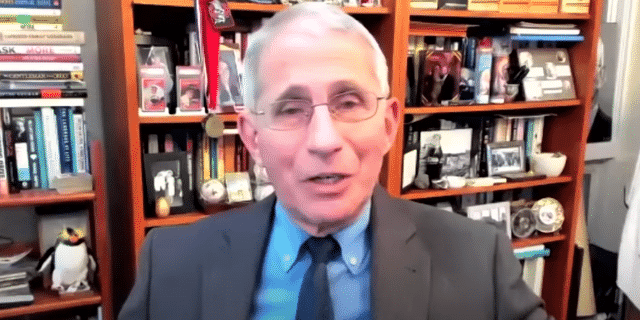The U.S. may not have some appearance of normalcy until late next year or into 2021, Dr. Anthony Fauci says.
Fauci was asked during a virtual interview with The University of Melbourne early Wednesday what he believes the “new normal” will look like and what it might look like in the coming years, as the world continues to combat the coronavirus pandemic.
“I think you said it correctly, that it’s going to be some time till we get back to what we considered normal before December 2019,” Fauci, the director of the National Institute of Allergy and Infectious Diseases, responded.
The nation’s top infectious disease doctor warned that he believes a sense of normalcy “will not happen abruptly” but rather “it will happen gradually.”
See Fauci’s remarks below (starting at 3:15):
“It will happen gradually, probably very much stimulated by what I hope will be the successful implementation of a COVID-19 vaccine campaign globally. Because if you vaccinate in one country and the rest of the world continues to have a pandemic outbreak, inevitably all countries will again be involved.”
He added again that it may take some time to feel a sense of normalcy, “I would imagine, at least in the United States, the way things are looking, that if we get a vaccination campaign and by the second or third quarter of 2021, we have vaccinated a substantial proportion of the people. I think it will be easily by the end of 2021 and perhaps even into the next year before we start having some semblances of normality.”
Fauci — who is a member of the White House coronavirus task force — did note that it also depends on a person’s definition of normal. He added that he believes it will be “well, well into 2021 or perhaps beyond” before things like near full capacity for restaurants and sporting events with spectators may occur.
The U.S. has seen surges in COVID-19 cases, with record numbers recently in new cases. There are over 8.8 million reported coronavirus cases in the country, with more than 44 million in the world. In a seven-day average, the U.S. has reported just over a 6% positivity rate in late October, according to Johns Hopkins.

























 Continue with Google
Continue with Google